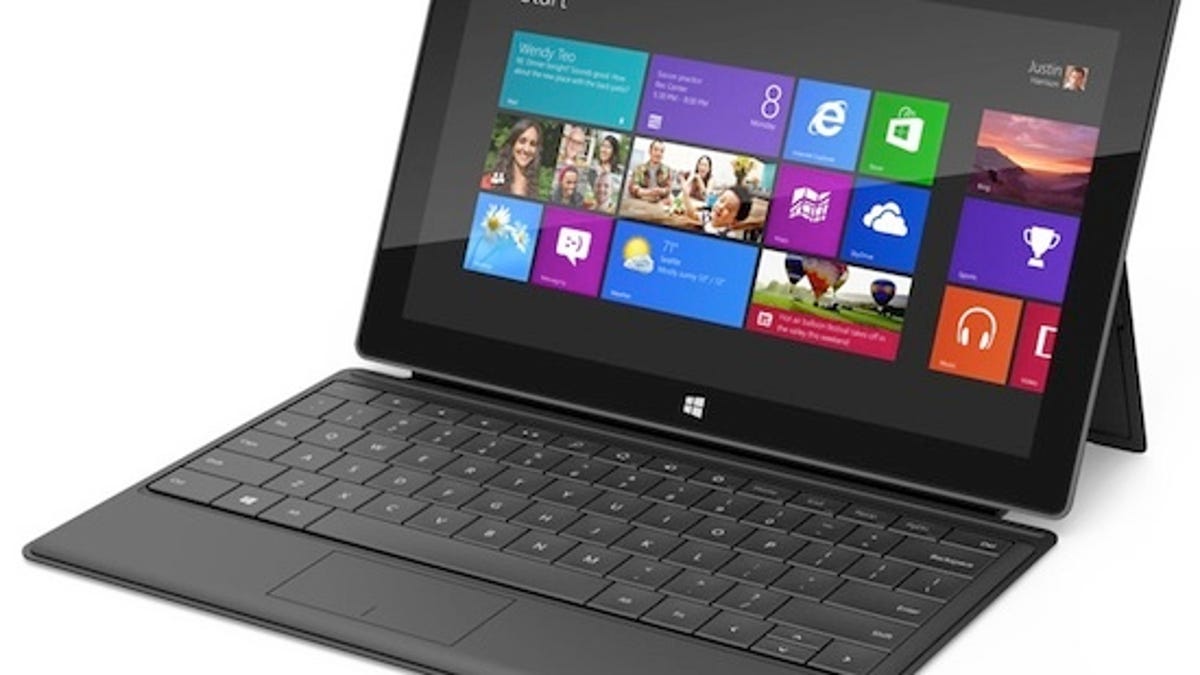Buying an ultrabook? Consider the Windows 8 Metro factor
With Windows 8, PC makers are focusing on touch screens as the next big thing in ultrabook design. Intel says at least 40 designs are in the pipeline.

An ultrabook six months from now will make today's designs seem so last year. You can thank Windows 8 and the Metro interface for that.
The next Windows operating system -- which we now know is slated for release October 26 -- will bring touch screens to laptops. So, the standard ultrabook today sans a touch screen may seem a bit frumpy by comparison when new designs hit for the holiday season.
Intel CEO Paul Otellini said yesterday that "more than 40" touch-enabled Windows 8-based ultrabooks are in the pipeline. That would include designs like the Acer Aspire S7.
Then there are convertibles such as the dual-screen Asus Taichi. Like the more traditional clam-shell touch-enabled variety, convertible ultrabooks won't be released until Windows 8 lands in October.
But the biggest Metro-inspired design shift may be Microsoft's Surface tablet, weighing in at 903 grams. Though not officially an ultrabook (at least not yet), it's really part laptop because of a 5mm-thick keyboard that also serves as a protective cover.
Surface takes ultrabook redesign to a new level by turning the laptop paradigm on its head. The electronics, including an Intel Ivy Bridge processor, are behind the screen -- which, by itself, is much thinner and lighter than a standard ultrabook -- not under the keyboard.
All of the above could render a seemingly trendsetting design like Hewlett-Packard's 4-pound Envy 14 Spectre obsolete.
"Hmm...why no touch screen? Why can't I use it as a tablet? And why so heavy?" Are questions that consumers will undoubtedly begin to ask about designs like the Envy.
So, will all of this innovation spur ultrabook market growth? Market researcher Gartner told CNET that about 6.5 million "ultramobile notebooks" (basically, ultrabooks plus the MacBook Air), were shipped worldwide in 2011. That will increase to more than 10.5 million in 2012, then 17 million in 2013.
And in 2014, the ultramobile percentage share of the laptop market should more than double, to 11 percent from 5 percent this year, according to Gartner.
That means a ton of touch-screen, convertible, and Surface designs are on the way -- which means you'll have to wait for the Windows 8 Metro interface to arrive to get the next thing in ultrabook design.

